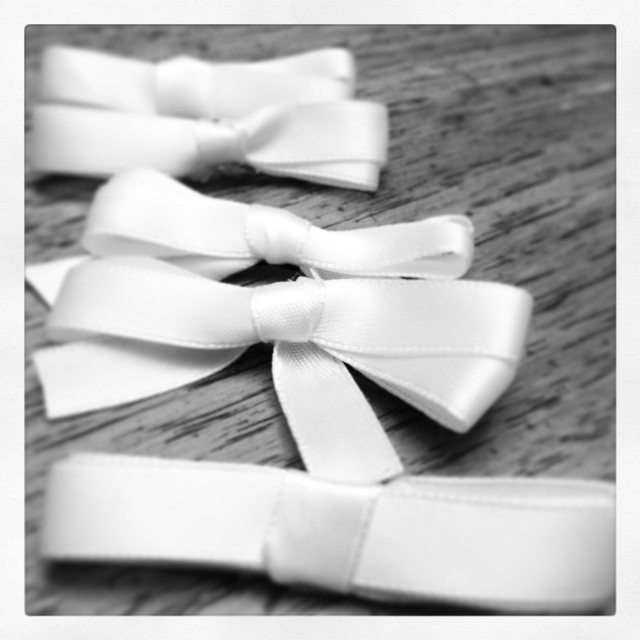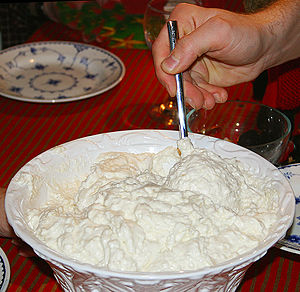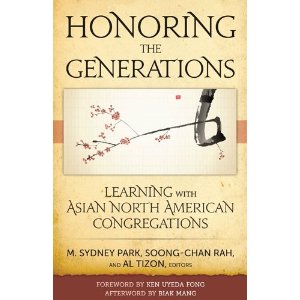My father-in-law died on Ash Wednesday – the beginning of Lent, a season of reflection on Christ’s suffering, death, burial and resurrection.
The morning he died I read out of Bread and Wine: Readings for Lent and Easter. I chose passage about God knowing and choosing to live into human suffering, how the resurrected Christ invited Thomas to touch his nail-pierced hands. I don’t know what it is to suffer the failing health and body of 87 years, but Jesus does, and that is what I whispered in my father-in-law’s ear. My only regret was that I couldn’t translate the reading into Korean, forever the Korean daughter-in-law.
Four hours later he took his last breaths, and the family moved into a fog of grief, guilty relief, sadness, memories, cultural expectations, and uncertainty about the future.
Paul Si Kun Chang, 87, lived with us for 7 months in 2006. He moved in with us days after my mother-in-law died. Friends of hers thought I wept because I felt guilty for not doing enough as a daughter-in-law. Little did they know I wept because I knew what was coming, and I wasn’t sure I was cut out to be that kind of Korean daughter-in-law.
My father-in-law had many moments worthy of a K-drama. He and I argued over the sheer amount of stuff he wanted to move into his room and into my house. The four-drawer, heavy-duty file cabinet and pleather recliner sent me over the edge. He would come into my office and ask to be served lunch. My favorite was when he looked at his plate of spaghetti (the kids had begged for “American” food after weeks of Korean food), and he told me he wasn’t going to eat it for dinner.
But we had many more moments as he mourned and tried to find his way out of the sadness while living in the company of a family of five on the move. He trimmed the bushes, rinsed out the garbage cans, tried to teach my boys how to swing a golf club, and he shared with me bits and pieces of his story – how he longed for his mother when he saw me love on my kids, how excited he was to receive confirmation of his arranged marriage, and how he couldn’t believe a poor Korean could live such an incredible life as an American.
Stories all spoken to me in Korean, usually when I served him a traditional Korean meal for lunch or dinner.
My grief is not that of a daughter; my memories of our relationship only go as far back as my relationship with Peter. My grief feels distinctly that of a Korean American daughter-in-law – “myu-noo-lree”. My father-in-law did not first meet me as a newborn; he met me at my prime grandson-bearing years. We both saw and knew each other in relationship to our cultural roles.
It took almost 20 years for us to trust each other with our own stories of faith and suffering and hope. That’s why it made sense to read a Lenten devotional to him on Ash Wednesday while wishing I could have done it in Korean. That was the link that helped us understand each other in ways his son and my husband could not.
Death and all of the preparations were a whirlwind until I sat down with the black ribbon to wrap around his portrait and then the white ribbon to make the traditional symbols of mourning the surviving children and grandchildren would wear.
Grief, remembrance and reflection did not begin with ashes this year. It took form in white bows.


 And then that wonder turns into a hint of longing for what was once familiar, and that is exactly what happened for me as I read Honoring the Generations:Learning with Asian North American Congregations (M. Sydney Park, Soong-Chan Rah, and Al Tizon, editors; Judson Press 2012).
And then that wonder turns into a hint of longing for what was once familiar, and that is exactly what happened for me as I read Honoring the Generations:Learning with Asian North American Congregations (M. Sydney Park, Soong-Chan Rah, and Al Tizon, editors; Judson Press 2012).